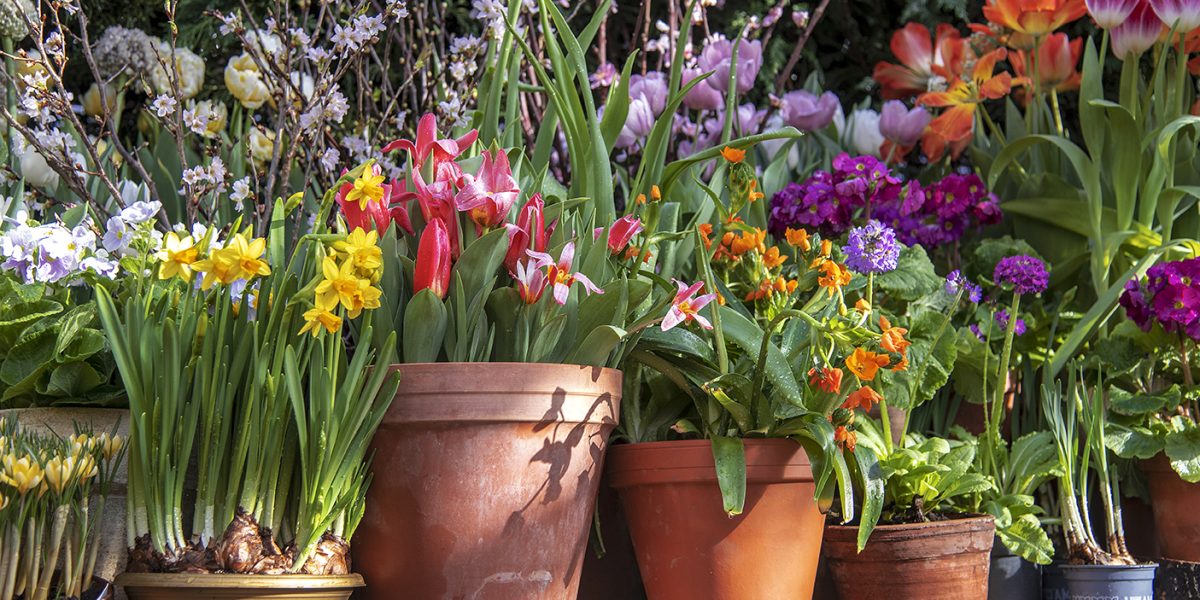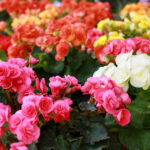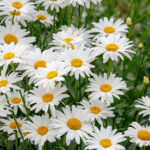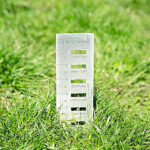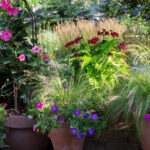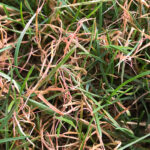Get the last bit of color out of the season while setting yourself up for a burst of blooms in early spring with bulbs. Planting spring blooming bulbs in containers gives you something to look forward to during the winter months and is a simple project you can do in no time at all.
1. Make a list of what you need
Container
Soil and Feed
Bulbs
Other odds and ends
A ruler for proper planting depth recommendations.
Pea gravel, bone meal, cayenne pepper or coffee grounds on the soil surface to discourage critters from digging up the bulbs.
Insulation like straw, burlap, or bubble wrap.
2. Follow the lasagna method
For best results, read the planting instructions that come with your bulbs. They will give you the bloom time and proper planting depth your bulbs need to succeed. When planting bulbs in containers, use a layering method for optimal blooms called lasagna planting.
First layer
Second layer
Third layer
Finish it off with a final layer of soil, add some mulch or stone on top and water well. And there you have it!
Take necessary measures to keep your newly planted bulbs safe from damage. Add a layer of stones or pea gravel to discourage squirrels from digging up your bulbs. Bone meal, cayenne pepper or coffee grounds sprinkled on the surface have also been known to deter critters.
In areas where winter is more severe, you can move your container to a shed or unheated garage. If you are leaving your containers outside, you may want to tuck them in. Group your containers together. Use straw or leaves to insulate the surface and sides. If you are on a deck or balcony, try wrapping the sides with bubble wrap but keep the bottom open to allow for drainage.
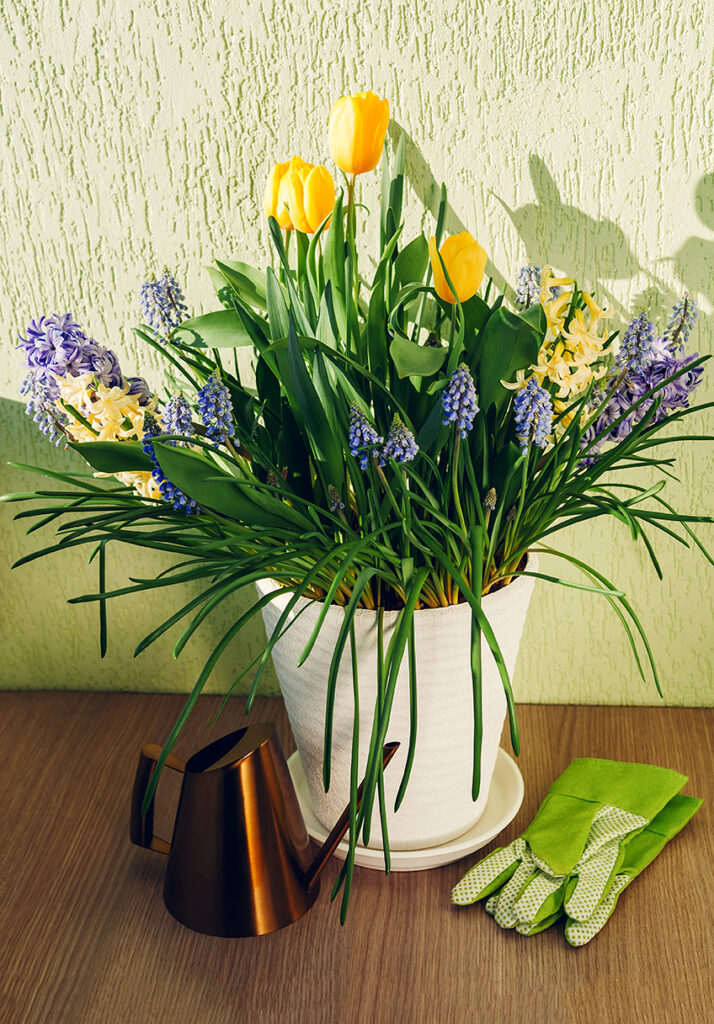
Now all that is left is the anticipation! Once the coldest part of winter has passed, you can remove any insulation you had installed. This will be the signal that spring is on the way and soon enough, it will be your bulbs’ time to shine!

